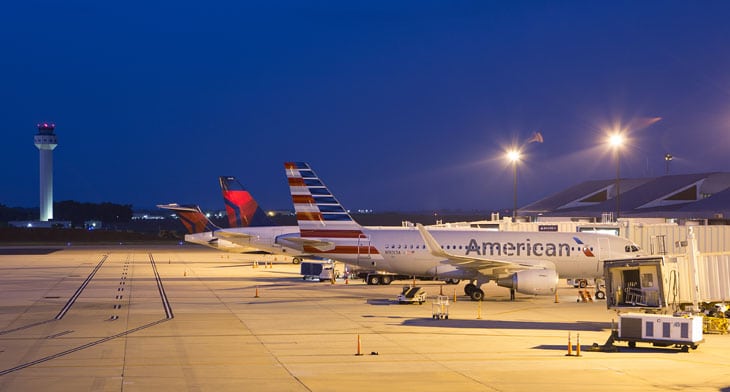


According to a report commissioned by the Aviation Council of Alabama and titled ‘the Economic Impact of Alabama’s Six Major Commercial Service Airports on the State’s Economy’, the total spending impact of the Alabama airports amounted to approximately $5 billion in 2019. It is also estimated that approximately $1.7 billion of this sum is solely due to aviation and aviation related activities.
Describing airports as more than runways and a terminal, the report stated: “They are powerful engines of economic growth and they are one of the most fundamental components of business infrastructures, because they facilitate continuous economic growth for contiguous economic regions. Airports also provide both economic benefits and economic impacts for their respective regions.”
The total employment and payroll impact attributable to Alabama Airports is approximately 69,200 direct and indirect jobs and more than $2.6 billion of additional payroll to the economy of the State.
Alabama is home to 76 airports. Six of which are commercial hubs and the remaining 70 airports are general aviation facilities. The purpose of Dr. Keivan Deravi’s (Economic Research Services, Inc.) report is to provide an estimate of the economic impact for Alabama’s six commercial service aviation facilities. These include: Birmingham-Shuttleworth International, Huntsville International-Carl T Jones Field, Mobile Regional, Montgomery Regional (Dannelly Field), Dothan Regional, and Northwest Alabama Regional airports.
These six Alabama commercial service airports and their auxiliary businesses collectively add a total of $948.1 million to the State’s economy in the form of non-payroll business transactions. In summary, the airports are directly (not counting tourist spending and the induced and indirect impacts at any level) responsible for a total employment of 16,200 individuals and a total direct addition of $1.6 billion to the State’s economy.
Economic impacts are typically measured in terms of the additional employment and earnings for the community that are directly attributable to the airport’s business and aviation operations. Meanwhile, the economic benefits (the dollar value of time and resources saved) are measured in terms of transportation efficiency, which can include safety, convenience, access and time savings.
“The passage of the Coronavirus Aid Relief and Economic Security Act (CARES Act) was an important step toward delivering broad-based relief across the aviation industry, however, the relief is only temporary,” said Todd Storey, Aviation Council of Alabama President.
“This report shows that it is imperative that air travel regains momentum and that organisations return to the sky as a part of conducting business. This is because if they do not it will be detrimental to not only aviation and the airports, but also to the local community and national economic recovery as a whole,” he continued.
Rick Tucker, ACA Legislative Committee Chair/ Huntsville International Airport CEO added: “”This report illustrates the impact of Alabama’s Six Major Commercial Service Airports on the State’s Economy. For every $1 investment in these airport core businesses it can generate $5 of additional income for the local community and state of Alabama. It validates the need for continued development, expansion and improvement to Alabama airports in order for them to meet the needs of tomorrow’s business environment so that they will continue to substantially impact Alabama’s economy.”





